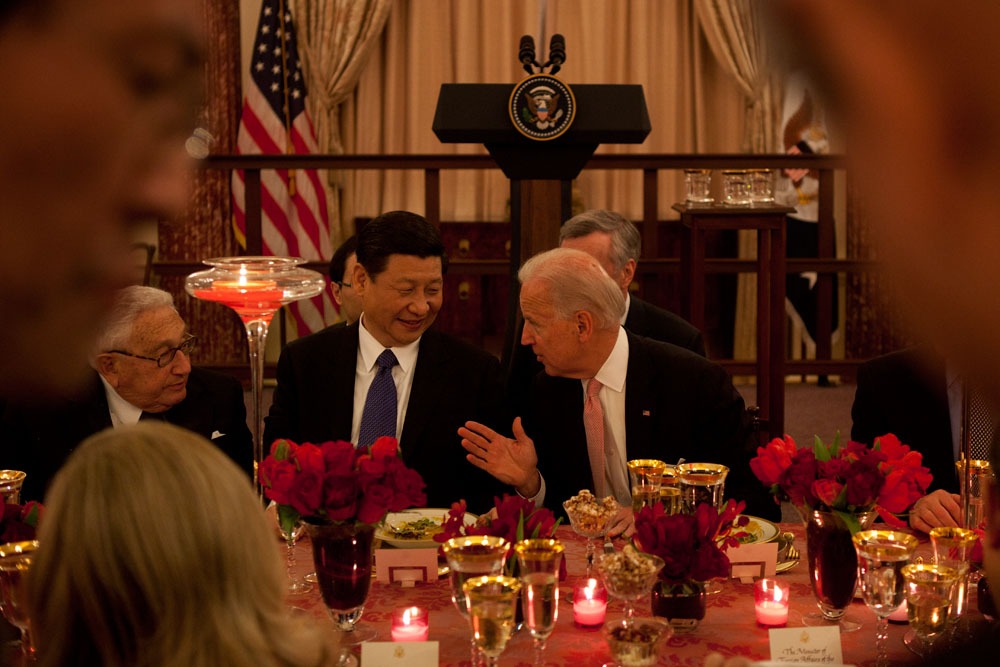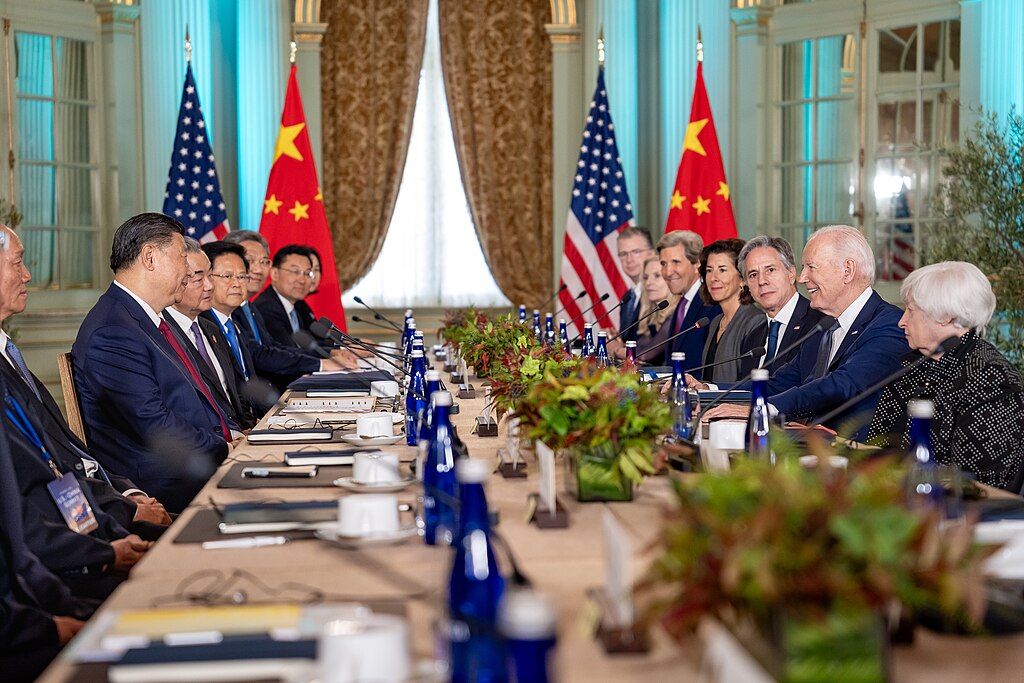Why a Substantive and Verifiable No-First-Use Treaty for Nuclear Weapons Is Possible
BULLETIN OF THE ATOMIC SCIENTISTS
APLN member Li Bin argued that the current—and next—US administration and policymakers should respond positively to China’s initiative to negotiate a no-first-use nuclear weapons treaty to advance arms control developments, reduce nuclear risks, and enhance global security in a cooperative manner.
A no-first-use treaty can also guide domestic political and technical debates. The nuclear-weapon states have a wide range of military programs, some of which may strengthen no-first-use commitments and some of which may undermine them. State parties to a no-first-use treaty have responsibilities to shape their military force structures to be consistent with no-first-use commitments. In domestic debates, political and technical experts and policymakers could invoke the treaty’s rules in support of projects that are consistent with the spirit of the treaty and against those that violate it. A no-first-use treaty could reduce the nuclear risks associated with the blind development of nuclear weapon projects by guiding domestic discussions in states parties.
A no-first-use treaty could also steer international debate and therefore contribute to establishing and strengthening the norm of no first use of nuclear weapons. In fact, there has been no use of nuclear weapons since the end of World War II. To explain this, one theory claims that mutual nuclear deterrence has prevented the incentives for first use, while another argues that it is the existence of a “nuclear taboo” that has limited the incentives for first use. This means that there is a social force that inhibits the first use of nuclear weapons. Whether this social force is a very strong—or a less strong but still useful tradition—remains subject to debate. But there is little doubt that a no-first-use treaty would strengthen this social force.
Opponents to a no-first-use treaty on nuclear weapons should remember what happened with chemical weapons. For nearly seven decades, the United States has been able to maintain its position and policy of no-first-use of chemical weapons after the Geneva Protocol banning the use of chemical and biological weapons was concluded in 1925. Some countries joined this treaty with the reservation that they would keep their right to retaliate, but their actual position was not to be the first to use chemical and biological weapons. It’s insightful to remember that the United States had the same position, with President Franklin Roosevelt saying in 1943: “I state categorically that we will not resort to the use of such [biological and chemical] weapons under any circumstances unless they are first used by our enemies.” The United States maintained this position of no-first-use of chemical weapons until late in the negotiations for the Chemical Weapons Convention, a treaty that would prohibit any use of chemical weapons and was concluded in 1992.
This history shows that no-first-use is not a mere symbolic gesture but can be a practical policy. Today, the United States remains committed to upholding global norms against the use of chemical weapons.
An equally-practical policy of no-first-use of nuclear weapons could consist of a main treaty body with additional protocols, as is the case with the Convention on Certain Conventional Weapons concluded in 1980. The main treaty body would establish principles and basic requirements, whereas the protocols would deal with specific issues such as nuclear landmines, neutron bombs, and the prohibition on threat of first use of nuclear weapons. These protocols could be negotiated on a case-by-case basis and then added to the package.
The current—and next—US administration and policymakers should respond positively to China’s initiative to negotiate a no-first-use nuclear weapons treaty to advance arms control developments, reduce nuclear risks, and enhance global security in a cooperative manner.
The full article can be accessed here.
Image: iStock/Wikimedia Commons



